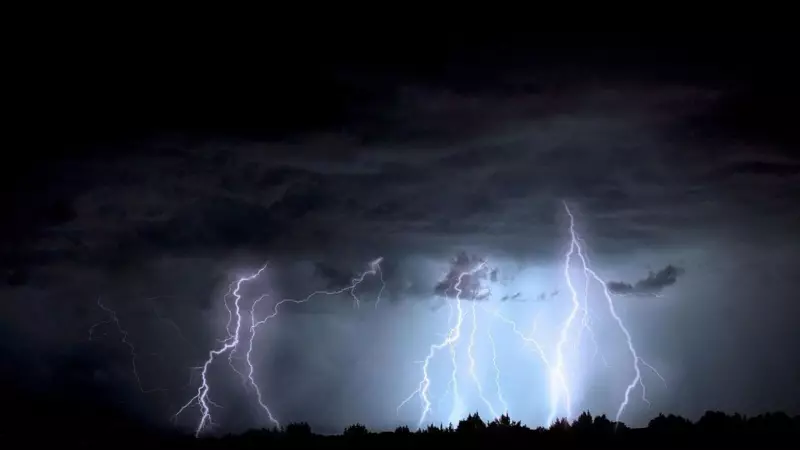
In an unprecedented move to tackle Delhi's escalating air pollution crisis, the city is gearing up for its first-ever artificial rain through cloud seeding technology. The much-anticipated operation, initially planned for late October, has now been rescheduled for November 20, pending final government approvals and favorable weather conditions.
What is Cloud Seeding and How Does It Work?
Cloud seeding represents a sophisticated weather modification technique designed to enhance rainfall artificially. The process involves dispersing substances like silver iodide, potassium iodide, or liquid propane into clouds using specialized aircraft or ground-based generators.
The science behind artificial rain is fascinating:
- Seeding particles act as nuclei around which cloud moisture condenses
- These particles encourage the formation of ice crystals or water droplets
- As these particles grow heavier, they eventually fall as precipitation
- The entire process mimics natural rainfall formation but accelerates it significantly
Delhi's Pollution Emergency: The Driving Force
The decision to pursue cloud seeding comes as Delhi continues to grapple with severely hazardous air quality levels. The city's Air Quality Index (AQI) has consistently remained in the 'severe' category, posing serious health risks to millions of residents.
According to environmental experts, the artificial rain initiative could provide temporary but crucial relief by:
- Washing away airborne pollutants and particulate matter
- Reducing the concentration of PM2.5 and PM10 particles
- Providing immediate respite from toxic air exposure
- Buying time for long-term pollution control measures to take effect
The Implementation Plan and Timeline
The cloud seeding operation is being coordinated by the Delhi government in collaboration with meteorological experts and specialized agencies. The success of the mission depends on several critical factors:
Weather conditions must be optimal – sufficient cloud cover with adequate moisture content is essential for the seeding to be effective. The November 20 date was chosen based on meteorological predictions suggesting suitable cloud formation during this period.
The technical team, led by experts who have successfully implemented similar projects in other regions, will monitor atmospheric conditions closely in the days leading up to the operation.
Global Precedents and Local Expectations
Cloud seeding technology isn't entirely new to the region. Countries like China, UAE, and the United States have employed similar techniques for decades to address water scarcity and air quality issues. However, this marks the first large-scale application specifically for pollution control in India's capital.
Environmental scientists caution that while artificial rain can provide temporary relief, it's not a permanent solution to Delhi's pollution problem. The effectiveness can vary based on cloud type, atmospheric conditions, and the concentration of seeding materials used.
As Delhi holds its breath for cleaner air, all eyes will be on the skies come November 20, when science and technology combine in an ambitious attempt to give the city a much-needed breath of fresh air.





